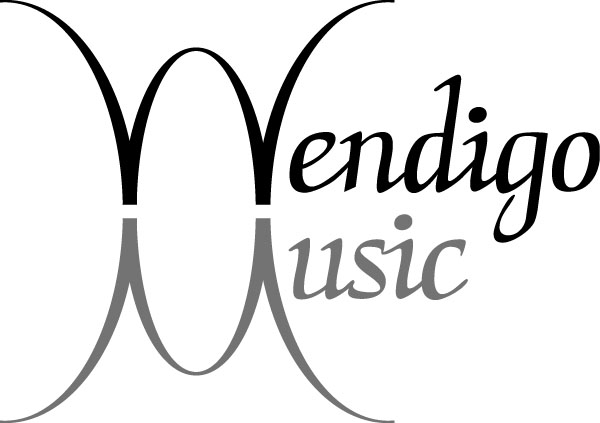Ruah: Flutist Renee Siebert with the Prism Chamber Orchestra, conducted by Robert Black
Audio PlayerRuah: Flutist Mehrdad Gholami with the Aspen Contemporary Players, conducted by Timothy Weiss
Version with percussion
Instrumentation: Flute and Chamber Orchestra 1.1.1.1. / 1.1.1. / string with optional percussion
(Bass drum, large tam-tam, med. sy. cymbal, snare drum, tambourine, small triangle, 3 wood blocks
(L,M,H), Castanets, mark tree, marimba, vibraphone, crotales
Additional Version: Flute and Piano
Duration: 24:00
Commission: NEA Composer Fellowship
Premieres:
Original Chamber Orchestra Version
3/27/87
The Prism Chamber Orchestra
Robert Black, conductors; Renee Siebert, flute
Merkin Hall, New York, NY
Chamber Orchestra Version with Percussion (Listen to this entire version)
8/3/2019
Aspen Contemporary Ensemble
Timothy Weiss, conductor; Mehrdad Gholami, flute
Harris Hall, Aspen, CO
View Score | Purchase Music | Contact asst@judithshatin.com for a quote on rental parts
Program Note:
Ruah (the ‘h’ is guttural, as in the German ‘ch’) is a Hebrew word that translates as air, wind, or breath. In Cabalistic mysticism, it also refers to the part of the soul that mediates between the body and the spirit. Both the colloquial and spiritual meanings are at work here. The images of breath and air inform the timbral stretching of the flute’s sound, with the flutist using the voice and its breath flow in conjunction with played tones. The image of the wind is captured particularly in the swirling lines of the first movement, marked Soaring and in the third, titled Impassioned. The second movement, Tender, emerges from a dynamic stillness, with far-flung registral limits, and large internal spaces. Its three-part organization mirrors the larger-scale three-movement plan of the entire work. The final movement is a more furious spin through space and reflects a more tightly wound, assertive character than the first two movements. However, it also refers to the preceding movements. The spiritual reference is embodied in the role of the flute as it variously springs forth from and mediates between the instruments of the ensemble.
The composition of Ruah was made possible in part by an NEA Composer Fellowship and by a residency at the Virginia Center for the Creative Arts. It was composed for flutist Reneé Siebert and the Prism Chamber Orchestra who premiered and recorded it on the CRI label with Robert Black conducting. It can be found on Piping the Earth, a collection of Shatin’s orchestral music republished as a digital album by Ravello. The original scoring for 1.1.1.1./1.1.1/ strings was augmented to include percussion for the Aspen Contemporary Ensemble in 2019. Both versions are available, as is an adaptation for flute and piano premiered by Reneé and Cynthia Siebert at the 1994 National Flute Association Conference in Kansas City, Missouri. –JS
Press Quotes:
“…it was the performance of flutist Sara Stern, playing Ruah, a flute concerto by Virginia composer Judith Shatin, that held the audience spellbound.
From the first movement, “Soaring,” which portrayed all manner of things in flight from the tiniest creatures to the most majestic angels, through the pensive second movement and on to the work’s final movement, “Impassioned,” flutist and orchestra breathed as one being. Conductor Cal Stewart Kellogg’s solid musicianship held in one hand complete control of his orchestra, and in the other full understanding of this remarkable opus.
The work is all about air. “Ruah” is a Hebrew word meaning “breath.” With flawless technique, Stern executed wide, leaping intervals, interspersed flutterings, and haunting, silver-threaded melodies. Did the work inspire the performer to such heights? Or did the performer bring physicality to mystic beauty? The answer is: both.” –Mount Vernon Gazette
“Judith Shatin…shows a rich and disciplined imagination in her … Ruah (“Air, Wind or Breath”) for flute and orchestra. In Hebrew, as in many other languages, the word for “breath” is also the word for “spirit” (which is the Latin word for “breath), and Ruah is, in fact, a multifaceted essay on the human spirit, its windlike freedom of movement and volatile changes of mood, summarized in the titles of the three movements: “Soaring,“ “Serene,” and “Impassioned.” It is beautifully performed and recorded…by flutist Renee Siebert, for whom it was composed, with Robert Black conducting the Prism Orchestra.” –The Washington Post
“Judith Shatin’s music for flute and chamber orchestra [Ruah, second movement] has a worn, expressionistic edge–it strikes plaintive chords that dissipate like smoke.” –The Village VoiceRead the backstory of Ruah

